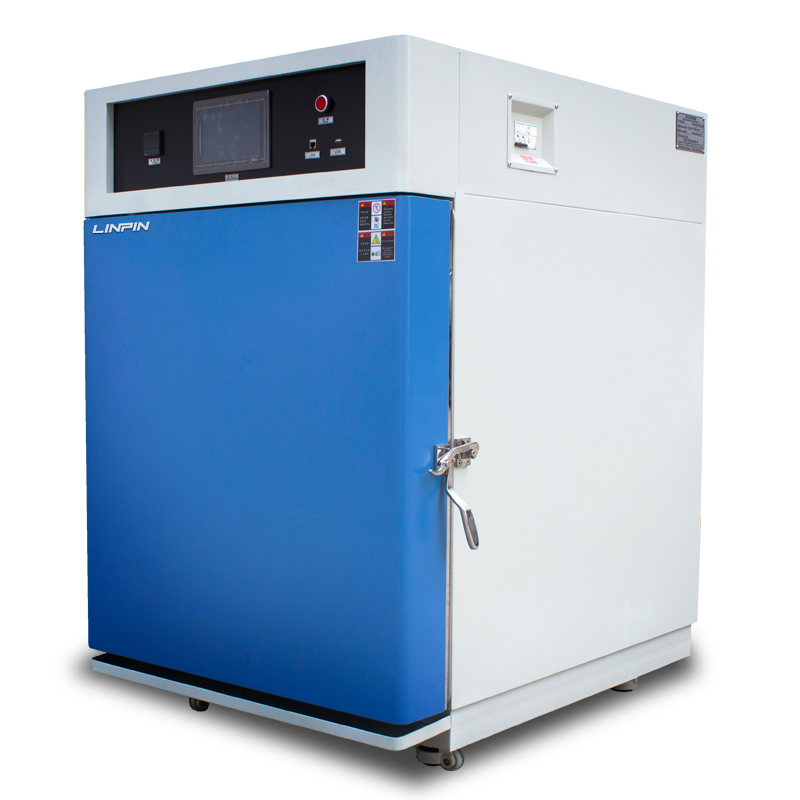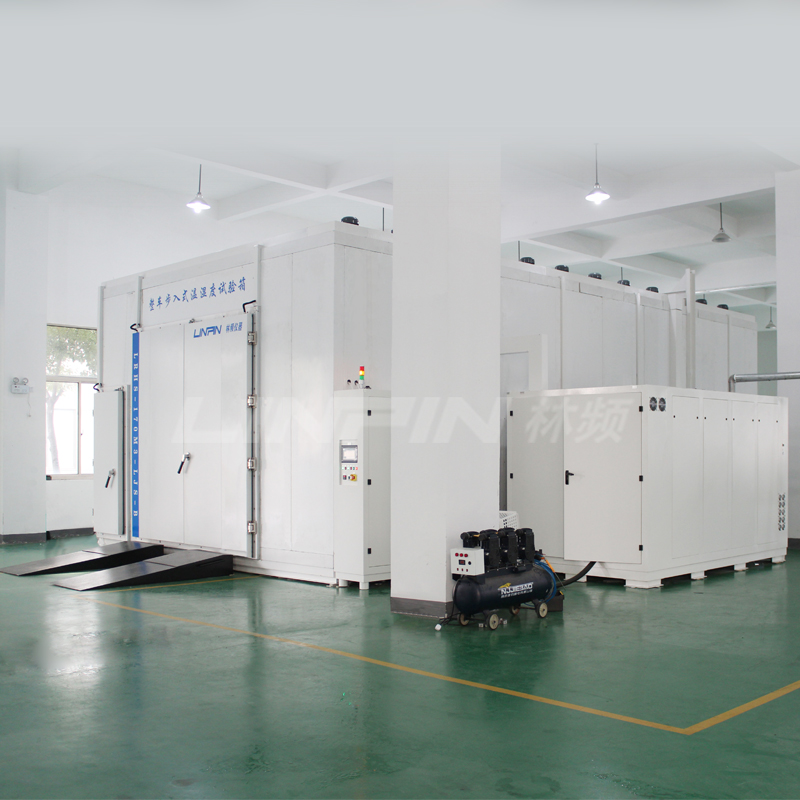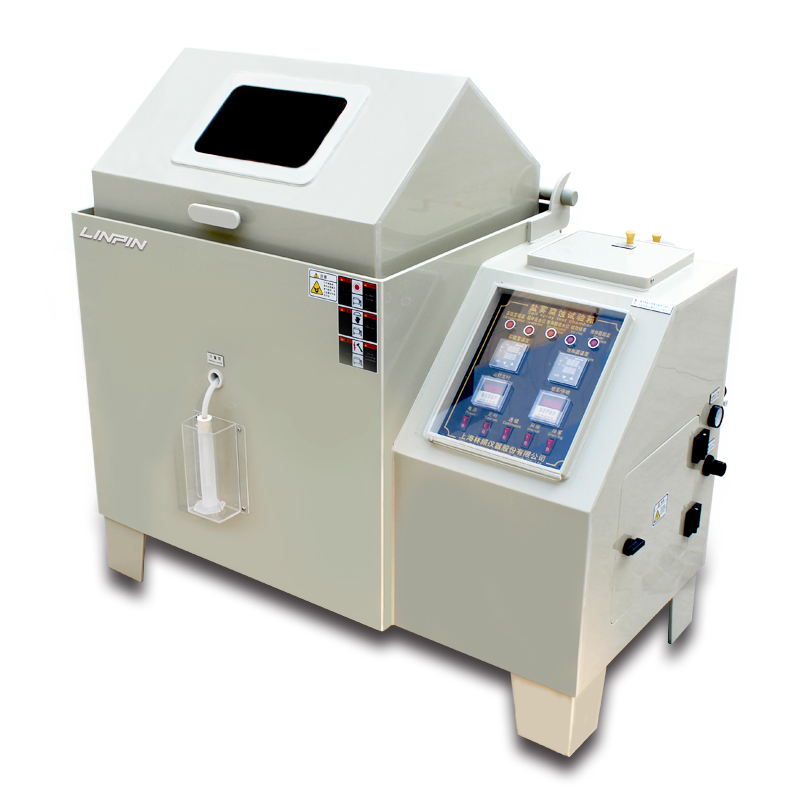Early Detection of Home Projector Light Source Degradation: High-Low Temperature Cycling Test Solution
Author:LINPIN Update Time:2025-08-16 Source:LINPINImagine this scene: On a weekend, the family gathers in the living room. With a light touch of the remote, a movie instantly fills the wall—only for the picture to flicker unpredictably during a pivotal moment, its colors fading and sharpness deteriorating. For users who prioritize home theater experiences and manufacturers committed to quality control, light source decay is a hidden "time bomb" lurking behind those beautiful images. How can this bomb be detected and defused before the product leaves the factory or during early usage? The answer lies in using a high-low temperature cycling chamber to simulate real-world environmental aging of the light source, thereby identifying home projector light source degradation in advance and safeguarding picture quality and brand reputation.
1. The Core Issue: Why Light Source Degradation Must Be Addressed
Light sources (LED, laser, or lamp) experience brightness decline, color temperature drift, and color rendering degradation over time and under varying environmental conditions, directly impacting image brightness, contrast, and color accuracy.
Home environments feature significant temperature and humidity fluctuations (e.g., winter heating, summer air conditioning, or daily temperature shifts near windows), accelerating light source decay and thermal fatigue in components.
Typical consequences include uneven brightness, color shifts, frame-dropping protection triggers, abnormal heat dissipation, and shortened product lifespan—leading to complaints, returns, and damage to brand credibility.

2. The Solution: What Is High-Low Temperature Cycling Testing?
A high-low temperature cycling chamber is an environmental testing device that alternates between set high and low temperatures, often combined with humidity control, to simulate the thermal stress and shock a projector endures across seasons and usage scenarios. By subjecting the light source to cyclic temperature stress, it replicates failure modes caused by thermal expansion/contraction, material interface mismatches, and sealing degradation, exposing potential decay issues earlier.
3. Testing Objectives and Benefits
Objectives: Evaluate light source brightness retention, color temperature stability, color reproduction consistency, and compatibility with optical systems under accelerated conditions.
Benefits: Screen out batches prone to early decay, optimize heat dissipation and sealing designs, reduce post-sale failure rates, extend promised product lifespan, and enhance brand trust and customer satisfaction.
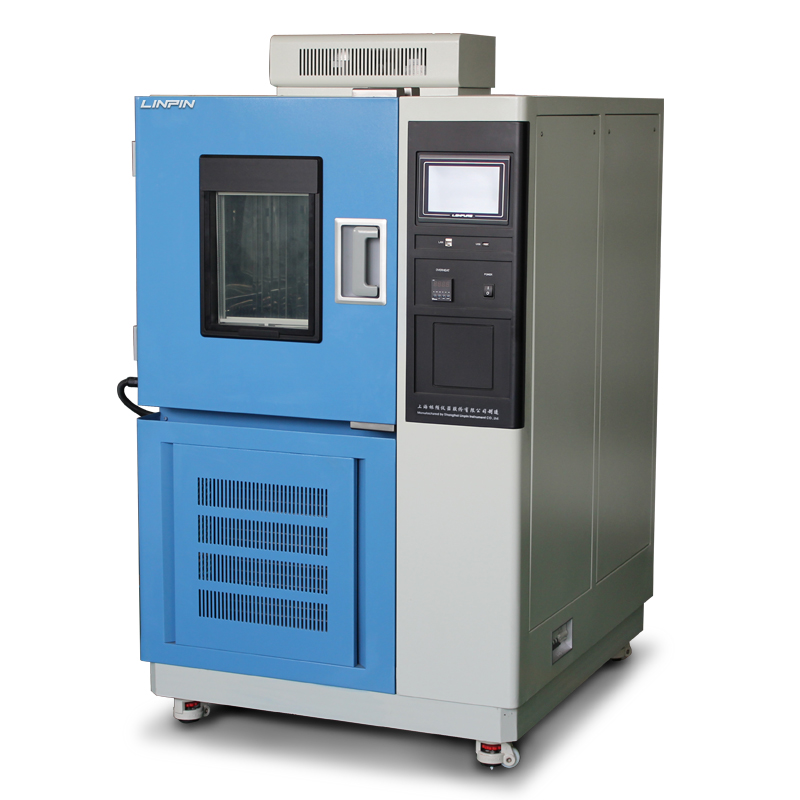
4. Testing Workflow
Sample Preparation: Select representative home projector samples (different batches/light source types).
Baseline Measurements: Record initial brightness (lumens), color temperature, color gamut, optical uniformity, power consumption, and thermal curves.
Test Conditions: Common setups include cycling between +60°C (high) and -20°C (low), with dwell times of 30–60 minutes per cycle. Cycle counts depend on acceleration factors (e.g., 500–2,000 cycles). Humidity can be added (e.g., 30%–85% RH) to mimic real-world conditions.
Cycling Execution: Operate samples in the chamber, logging key data per cycle. Optionally, integrate power cycling or video input to simulate actual usage loads.
Interim/Final Inspections: Periodically (e.g., every 100 cycles), remove samples for room-temperature performance tests, comparing results to baseline.
Failure Analysis: For units showing significant brightness loss, color shifts, flickering, or premature protection triggers, dissect the light module, power supply, cooling system, or optical sealing to identify root causes.
Improvement Feedback: Share findings with design and supply chain teams to refine LED packaging, thermal design, optical coatings, or driving strategies. Repeat validation cycles until lifespan targets are met.
5. Key Metrics and Pass/Fail Criteria
Brightness Retention (Lumen Maintenance): e.g., ≥80% of initial brightness after 1,000 hours of accelerated testing (higher thresholds for premium models).
Color Temperature Drift: Controlled within acceptable limits (e.g., ±200K) to avoid visible color shifts.
Color Gamut and Uniformity: Maintain color saturation and brightness uniformity, preventing localized dimming or hue deviations.
Reliability: No abnormal protection triggers, significant thermal degradation, or housing damage.
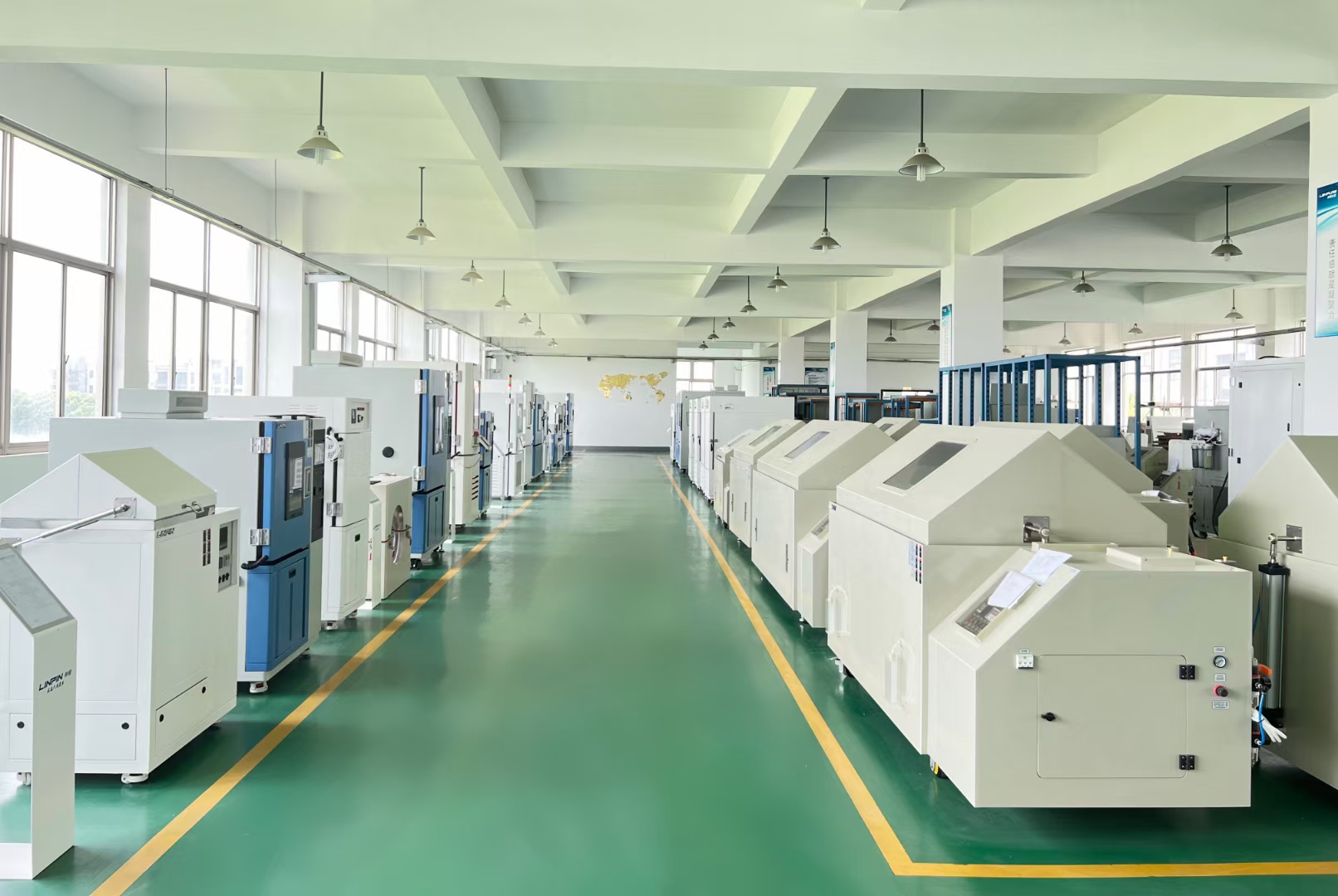
6. Implementation Details and Considerations
Load Simulation: Use actual video signals or constant loads to replicate real-world thermal profiles; avoid no-load tests that distort heat distribution.
Acceleration Factor: Calibrate carefully to avoid overly harsh conditions that yield non-representative failure modes.
Sample Size: Ensure statistical significance (e.g., ≥10 units per batch).
Data Logging: Automate collection of brightness, color temperature, thermal curves, and fault logs for trend analysis.
Safety & Compliance: Adhere to electrical safety and environmental standards to prevent equipment damage or hazards.
Detecting and addressing potential decay before products leave the factory isn’t a gimmick—it’s a commitment to user experience and brand integrity. High-low temperature cycling testing serves as both a microscope and a touchstone, ensuring home projectors withstand the test of time in ever-changing indoor environments.

